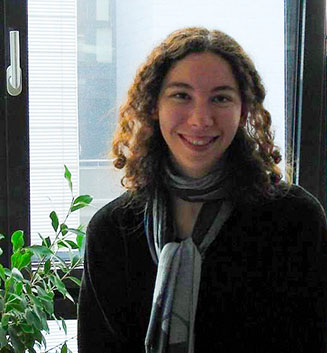Tests of General Relativity and Exotic Models with Gravitational Waves
Cecilia Chirenti
Associate Professor
Federal University of ABC Center for Mathematics, Computing and Cognition
Campus Sando Andre
Wed, September 12, 2018 - 4:00 PM
Karl Herzfeld Auditorium of Hannan Hall - Rm 108
 Gravitational wave detections will allow us to make fundamental tests of general relativity, and of the astrophysical objects that act as their sources. The very first detections already indicate that stellar mass black holes can be more massive than our previous standard expectations. But how confident can we be that these objects are really black holes, and that general relativity is the correct theory of gravity? The gravitational wave signal can be divided in three parts: 1- inspiral, 2- merger and 3-ringdown. During most of the inspiral the binary components are far enough away from each other that they can be treated in the post-Newtonian approximation as point particles, whereas numerical relativity simulations must be performed to generate the signal expected during the merger. I will discuss how the ringdown portion of the signal may be used to test the no-hair theorem and also to discriminate between black holes and other possible sources. I will focus on (rotating) gravastar models, which have been proposed as one of the best alternatives to black holes, and have remained viable candidates despite multiple attempts to rule them out.
Gravitational wave detections will allow us to make fundamental tests of general relativity, and of the astrophysical objects that act as their sources. The very first detections already indicate that stellar mass black holes can be more massive than our previous standard expectations. But how confident can we be that these objects are really black holes, and that general relativity is the correct theory of gravity? The gravitational wave signal can be divided in three parts: 1- inspiral, 2- merger and 3-ringdown. During most of the inspiral the binary components are far enough away from each other that they can be treated in the post-Newtonian approximation as point particles, whereas numerical relativity simulations must be performed to generate the signal expected during the merger. I will discuss how the ringdown portion of the signal may be used to test the no-hair theorem and also to discriminate between black holes and other possible sources. I will focus on (rotating) gravastar models, which have been proposed as one of the best alternatives to black holes, and have remained viable candidates despite multiple attempts to rule them out.
Refreshments served at 3:45 PM
If you have any questions about the Colloquium Series or would like to make a donation please contact Adrienne Black, black@cua.edu or (202) 319-5315.
